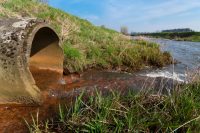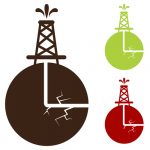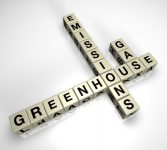12 Changes in Store for EPA’s MSGP for Stormwater Associated with Industrial Activities
Twelve changes to the 2008 federal MSGP for stormwater discharges associated with industrial activity are included in EPA’s draft 2013 MSGP. Coverage under the 2008 MSGP, which expired September 29, 2013, is administratively extended until the 2013 permit is issued, provided facilities submit a Notice of Intent (NOI) to be covered by the new permit […]










